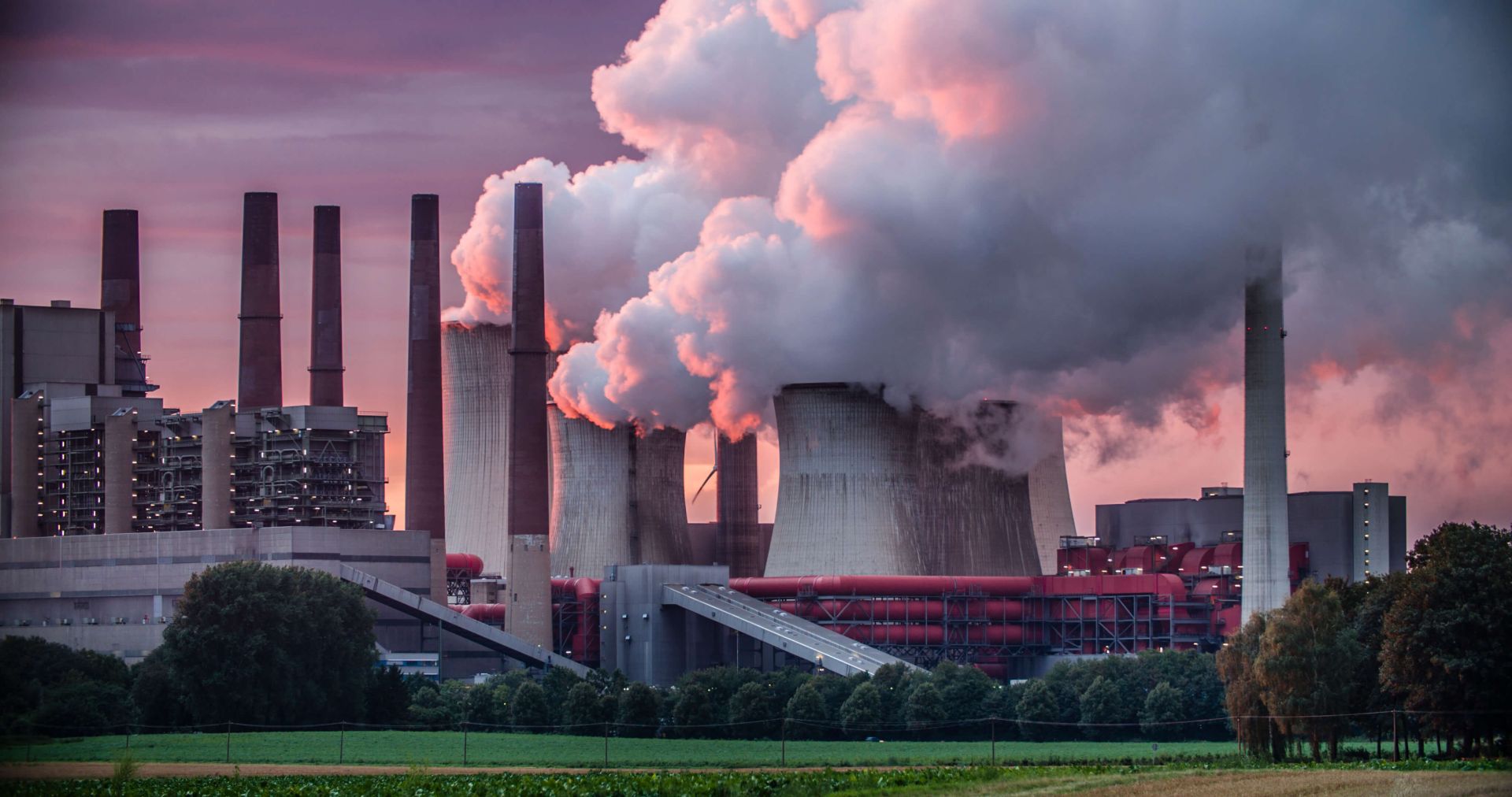Sources of atmospheric pollution

The state of the air is a global problem for humanity
Atmospheric air quality is at the forefront of the environmental challenges facing humanity today. Нарастающая проблема загрязнения воздуха не только подрывает здоровье населения планеты, вызывая рост заболеваний дыхательных путей и сердечно-сосудистой системы, но и способствует ухудшению общего состояния окружающей среды, усиливая парниковый эффект и изменение климата.
The sources of air pollution are diverse and cover a wide range of activities, from volcanic eruptions and natural fires to industrial production, fossil fuel combustion and exhaust from motor vehicles. This multifaceted problem requires an integrated approach to tackle, including international co-operation and the introduction of advanced emission abatement technologies.
Sources of atmospheric pollution and their types
Atmospheric pollution is a complex process involving the accumulation in the air of a variety of substances that can have a negative impact on human health, animals, plant life and the general state of the environment. It is possible to distinguish such main sources of atmospheric pollution.
Chemical substance
Some of the most common and dangerous sources of air pollution are chemicals. They include gases such as nitrogen and sulphur oxides, carbon dioxide and carbon monoxide, as well as volatile organic compounds and heavy metals such as lead and mercury. Sources of air pollution from these substances include industrial plants, road transport, thermal power plants and unauthorised waste incineration.
Physical and mechanical pollutants
Physical and mechanical pollutants include particulate matter and substances such as dust, soot and asbestos that can be carried long distances by the wind. These particles can result from construction activities, quarrying, use of poor quality fuels and even natural processes such as volcanic activity and sandstorms.
Biological
Biological sources of air pollution consist of a variety of microorganisms, mould spores, plant pollen and other biologically active particles that can lead to the development of allergic and respiratory diseases. Sources of biological pollution are often caused by agricultural activities, pollution of water bodies, and inadequate hygiene of ventilation systems in buildings.
Natural sources of air pollution
Natural sources of atmospheric pollution, despite their natural origin, have a significant impact on the environment.
- Volcanoes release huge amounts of ash and gases into the atmosphere, including sulphur dioxide and carbon dioxide, which can contribute to the greenhouse effect and acid rain.
- Forest fires, caused by both natural causes and human activity, release tonnes of carbon monoxide, microparticles and other harmful substances into the atmosphere, degrading air quality and contributing to respiratory diseases.
- Dust storms carry large amounts of sand and dust into the air, which can cause respiratory and vision problems for the public, as well as adversely affect crops and ecosystems.
Anthropogenic impact: what substances pollute the air
Impacts caused by human activities have the most significant impact on atmospheric air.
- Industrial enterprises and thermal power plants are sources of emissions of such pollutants as sulphur and nitrogen dioxides, carbon dioxide, heavy metals and many others.
- Motor transport contributes to the accumulation of carbon oxides, nitrogen oxides, and volatile organic compounds in the atmosphere, worsening air quality in urban areas.
- Agricultural activities, including the use of fertilisers, pesticides and mechanised cultivation of fields, also contribute to air pollution from ammonia and other substances that can contribute to air quality degradation.
How to determine the degree of contamination
Understanding which substances pollute the air and determining the level of air pollution requires a comprehensive approach and the application of modern technology. A key aspect is measuring the concentration of various pollutants, including gases such as nitrogen oxides, sulphur oxides, carbon monoxide, as well as particulate matter and organic compounds. Comparison of the data obtained with established permissible standards allows to assess the degree of pollution and identify violations of environmental standards.
Modern methods of monitoring air pollution sources include the use of ground-based air quality stations equipped with highly sensitive analysis tools, as well as satellite systems and drones capable of collecting data over large areas. These technologies provide the ability to continuously monitor the state of the atmosphere and respond to changes in a timely manner, which is the basis for developing and implementing measures to improve air quality and protect public health.
Promonalit specialises in the design and manufacture of modern atmospheric air monitoring systems that meet high environmental standards. From them you can order equipment for measuring the concentration of pollutants, as well as get professional advice on organising air quality control.
